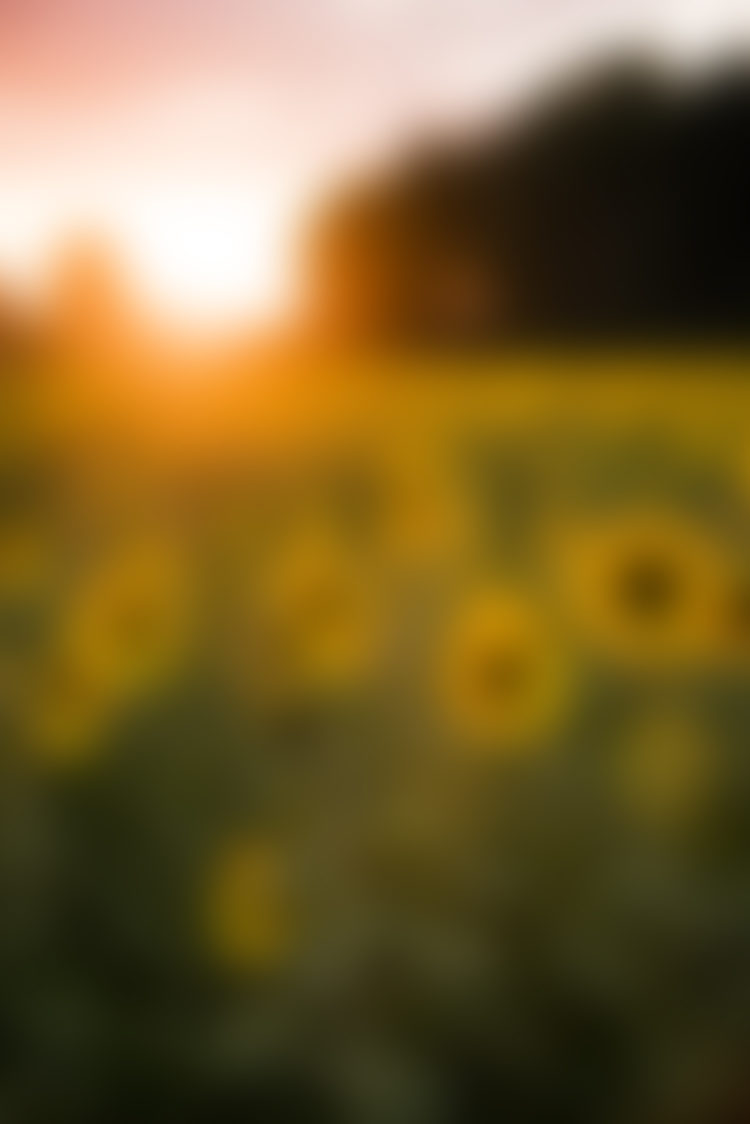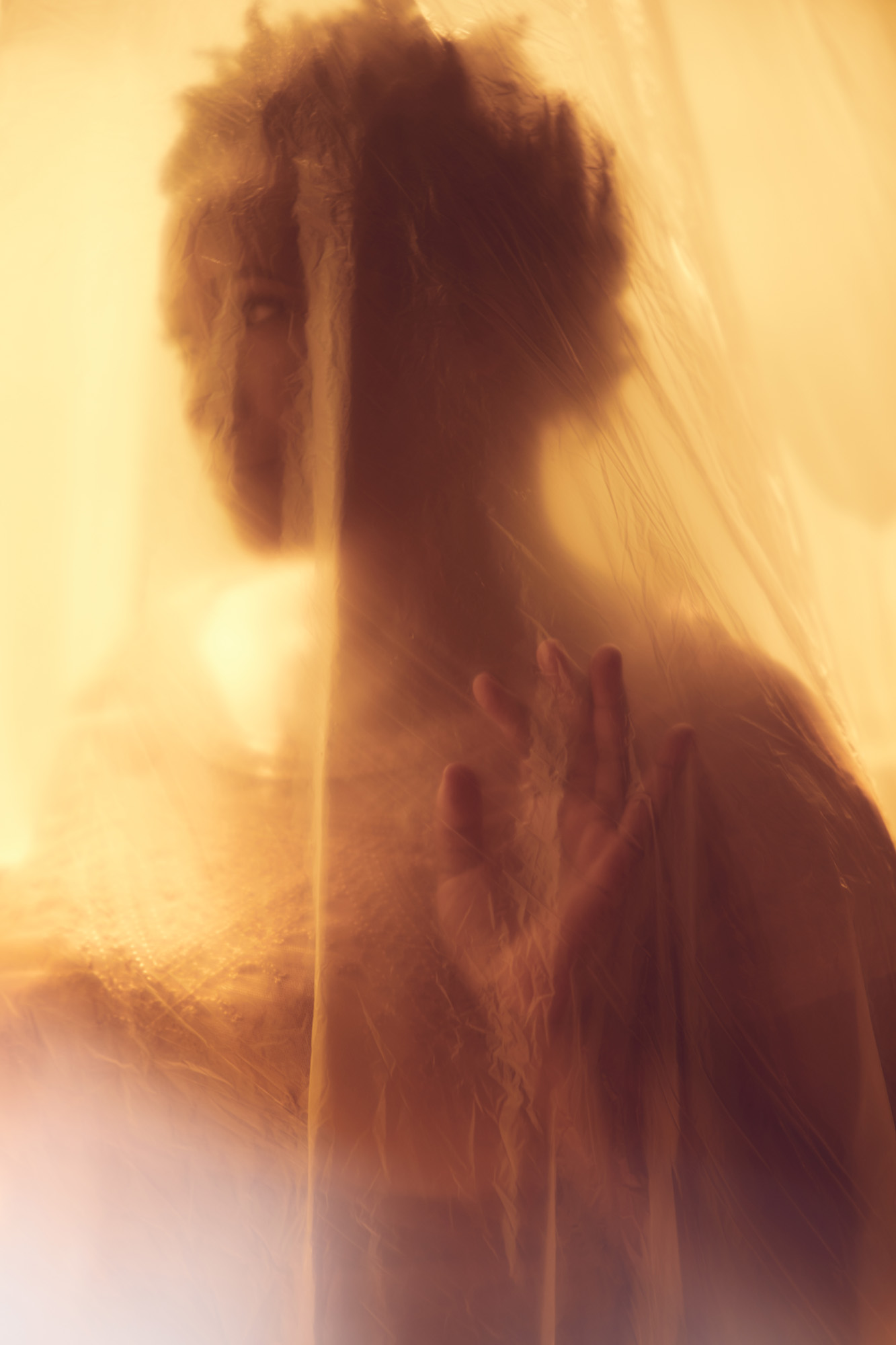No time for an intro; this topic is way too important!
One of the most important skills in photography is the ability to see light. It may sound stupid, perhaps even too obvious, but it’s a thing. It’s a thing that if you think you understand, you probably don’t. When you know, you know. You don’t think you know. You know you know. You know? I’m talking direction, diffusion, tone, colour, intensity, contrast; I’m talking about really seeing light.
– It’s like speaking a secret language that every photographer must know
I firmly believe in being the master of your trade. Knowing all there is to know, and if you don’t know it, go and learn it! It all starts with breaking down the basics—understanding the fundamentals. Seeing light will determine whether you get “lucky shots” or whether you deliberately smash it time after time, and I don’t know about you, but smashing it time after time is absolutely what I’m going for!
Think about your Adobe Photoshop adjustments. It’s the light we’re really playing with at the start. It’s the Exposure, the White Balance, the Contrast, the Highlights and Shadows, the White and Black points, and the Clarity. These elements make up the light we saw, and accordingly, we adjust them to how we want things in post. It’s these things we use in post that we must translate to the real world in order to understand light. To understand the behaviour of light and how we represent it.
This is Antelope Canyon in Arizona, USA. It’s possibly one of the best ways to demonstrate the effects of light that I can think of. How it changes tone, fades from intensely bright to barely perceptible darkness and gives us contrast across the image. Here’s what I mean, take a little look at this:

That’s the view straight up whilst inside the slot canyon, minus the sky in this case. The light hits spots on the wall and highlights them, leaving other areas in total shadow. The detail in some places island incredible demonstration of the beauty of nature, and similarly the areas in shadow give us this same beauty, combined with mystery because we know that details are there too, we even see a bit of it, but the light fades off in such a way that leaves us guessing a bit. It’s this ability to see light, and therefore choose the right composition that gives this image the edge over a regular “tourist snapshot,” and here’s what it is that we’re seeing in terms of light:

This is a blurred version of that same image, removing all detail completely and leaving the light behind. You can see that the light hits a couple of the compositional techniques we love—it bisects the top-left third, it is diagonal across the image, and it pretty much fits a golden spiral, too. Having the light do that, rather than physical elements of the image, is building the time the viewer spends looking at our shot and demonstrates, so long as it was on purpose, that we can see that light. Let’s look at another:

Everything in this shot of sunflowers in Germany that we want the viewer to look at is bathed in light. The highlights catch nicely, the setting sun isn’t too overpowering, and the areas of shadow aren’t so dark that they distract. It’s from reading this light and dealing with it correctly, according to what it presented, that allowed this shot to come to life. Here’s the blurry version showing the light:

It’s hard to explain; it’s something to keep going at until you’ve got it. Keep practicing, be it with landscapes or with models or however you like to shoot. Look at shots in magazines and see what exactly it is that attracts you with the light. Take a closer look at portraits, like those in movie posters, and try to see what’s going on in the reflection in the eyes. Practice, practice, practice, and when you can see light, your photography will take a whole new turn.
This vase sitting on the floor caught the warm, diffused (by cloud) light and was just asking for me to shoot it. It’s recognising this light that means I was able to get this shot of what is otherwise a rather mundane object sitting on the floor and making it look just that little bit more special. As I said, it’s a secret language that every photographer must know.


So, here’s the truth about seeing light, if you hadn’t picked up on it so far: it’s all about practice! They say that practice makes perfect, and they say that for a reason. Have your eyes all about you and try to see light in everything you’re doing. Set yourself a challenge and take an object or a person and move all around it or them, shooting from as many angles as possible. Once you’re done, take a good look at the results and take notice of the differences based on the light—you’ll see distinct differences and it will all help in learning to speak light.
Much love
Dave





Great post thanks for making a complex subject “Seeing the light” so simple and understandable for me at least…
Thanks Bob! Glad I could help :)